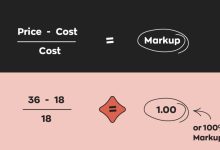Before we start, let’s take a look at some authentic vs replica comparison images across several product categories:
-
Neutral Soccer Jerseys

-
Women’s Bags

-
Men’s Watches

-
Women’s Perfume

And so on. From shoes made in Putian city, China, to bags, watches, and clothing from Guangzhou city, electronics from Shenzhen Huaqiangbei, bedding from Nantong city, glasses from Danyang, jerseys from Putian city, jewelry from Tianbei, belts, perfumes, and more — almost every category has people running replica businesses. This is a massive commercial empire, with huge profits attracting countless cross-border e-commerce sellers, all eager to participate.
The main promotion methods for replica cross-border standalone stores include Ads, social media (SNS), and SEO (search engine optimization). Through these three public traffic acquisition channels, sellers gradually move customers into private channels — this is the ultimate goal of running a replica cross-border e-commerce business.
Among these three public traffic channels, Authentic vs Replica comparisons are a unique traffic-driving tactic widely used by replica e-commerce sellers. On the surface, operators appear to be doing product comparisons, but in reality, the landing pages are replica standalone store shopping links, guiding international customers to place orders and make payments.
Facebook Ads
By using the ADSPY tool and searching for “Authentic vs Replica,” we can see that ad copies often use eye-catching words like “REAL” and “FAKE” to attract clicks, ultimately directing traffic to the landing page (Final URL).
The Authentic vs Replica method requires careful handling in the Facebook ad system, especially regarding landing pages. Before the ad is approved, you must filter out detection crawlers; otherwise, the ad may fail the review. Even after approval, it is necessary to continuously filter and identify visitors’ IP headers to ensure the ads run safely and stably.
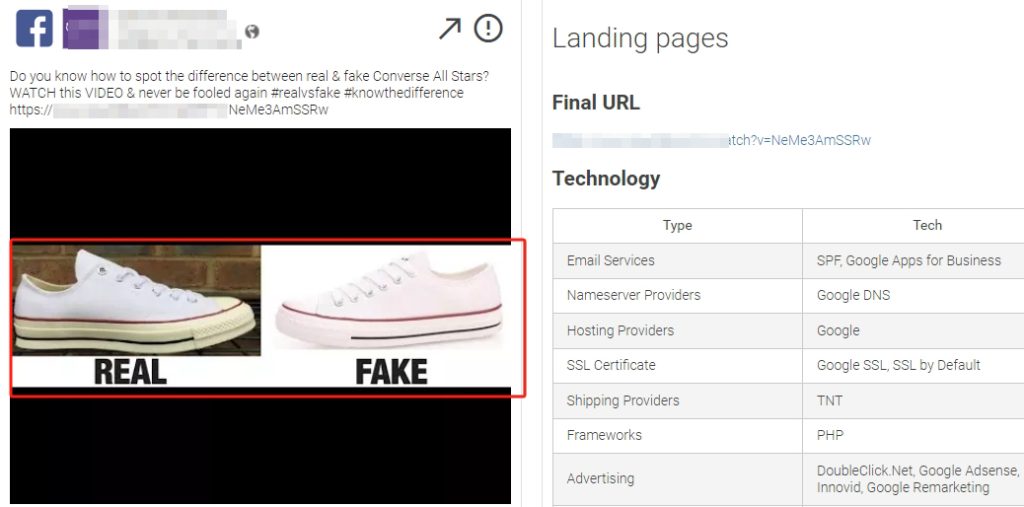
This is usually achieved using specialized standalone store technology.
SNS
SNS Social Media Promotion: KOL and Private Channels
On YouTube, if we search for “Authentic vs Replica,” we can find many videos and shorts. Many of these are either promoted by influencers (KOLs) or individuals selling products themselves — there is a wide variety.

The Authentic vs Replica comparison requires a high level of expertise from the video presenter. The presenter needs to compare genuine products and replicas detail by detail from a professional product perspective.
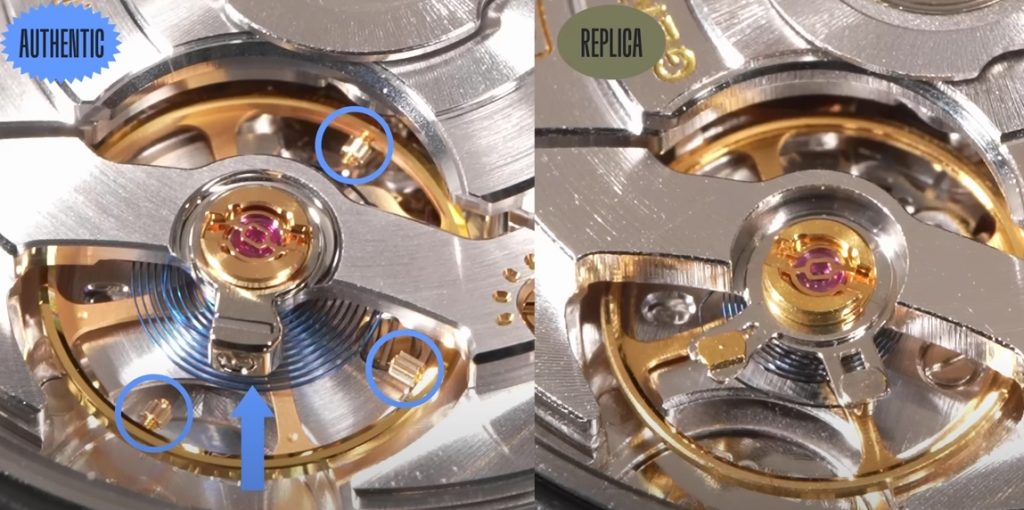
For example, some sellers even have complete disassembly tools, presenting the comparison very professionally.

Of course, some landing pages are for selling second-hand authentic products, while others are for selling replicas. You can usually tell from their pinned information.
-
In some cases, influencers promote products for DHgate sellers on private channels, and the products are replicas.

-
In other cases, the influencer is clearly selling replicas directly.

The same applies to TikTok and Instagram-style photo wall SNS methods.

If you’re interested, you can search and check these examples yourself.
SEO
Some people might be surprised: “Isn’t SEO just for rankings? How does Authentic vs Replica fit in?”
You may recall the blogger Purse Queen that I shared previously. Her blog posts use Authentic vs Replica comparisons as the main entry point. In each post, she highlights the huge price differences between genuine products and replicas, while showing that the quality is almost identical.

Through these comparisons, she provides detailed reviews and ultimately guides buyers to the replica standalone store landing pages to place orders. For more details, you can refer to one of my previous articles.
Benefits of Authentic vs Replica Comparisons
Comparing genuine products with replicas is not a new promotion method for replica standalone stores, but it has remained widely used among sellers because it offers two major advantages:
-
Lower Risk of Violations
By showing users the differences between authentic and replica products, you objectively present product details and facts rather than blatantly promoting replicas on the platform. This approach is generally tolerated by many platforms, which helps extend the account’s lifespan. -
Higher Professionalism
Authentic vs Replica comparisons require the operator to be highly familiar with the products, especially the details. By clearly demonstrating these differences from a professional product perspective, you present the items comprehensively, increasing professionalism and conversion rates. Buyers are less likely to hesitate due to uncertainty about the product. -
Highlighting Advantages
Where there is a comparison, there is a gap. By comparing authentic and replica products, you can emphasize the huge price difference while showing nearly identical quality, highlighting the advantage of replicas. If you were a buyer faced with almost identical products, would you choose the authentic or the replica?
As for the Authentic vs Replica method, every seller has their own approach and expertise. We won’t go into all the details here — this is just an idea. More techniques and nuances are learned through long-term practice and accumulated experience.
 Custom E-commerce Solutions for High-Quality Designer-Inspired Fashion Replicas | Website Development, Dropshipping, Payment Integration for PayPal and Stripe, Ad Cloaking Services
Custom E-commerce Solutions for High-Quality Designer-Inspired Fashion Replicas | Website Development, Dropshipping, Payment Integration for PayPal and Stripe, Ad Cloaking Services






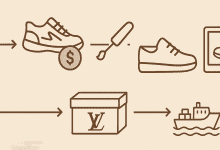


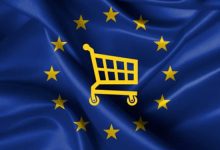


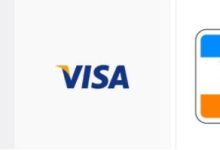




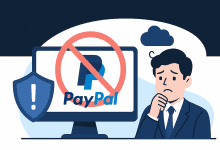







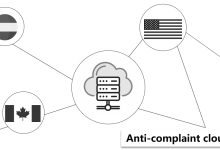




![5 Best WordPress Themes for Replica Product International Trade Websites [Recommended]-Custom E-commerce Solutions for High-Quality Designer-Inspired Fashion Replicas | Website Development, Dropshipping, Payment Integration for PayPal and Stripe, Ad Cloaking Services](https://replicasmaster.com/wp-content/uploads/2025/06/1-1-220x150.jpg)
